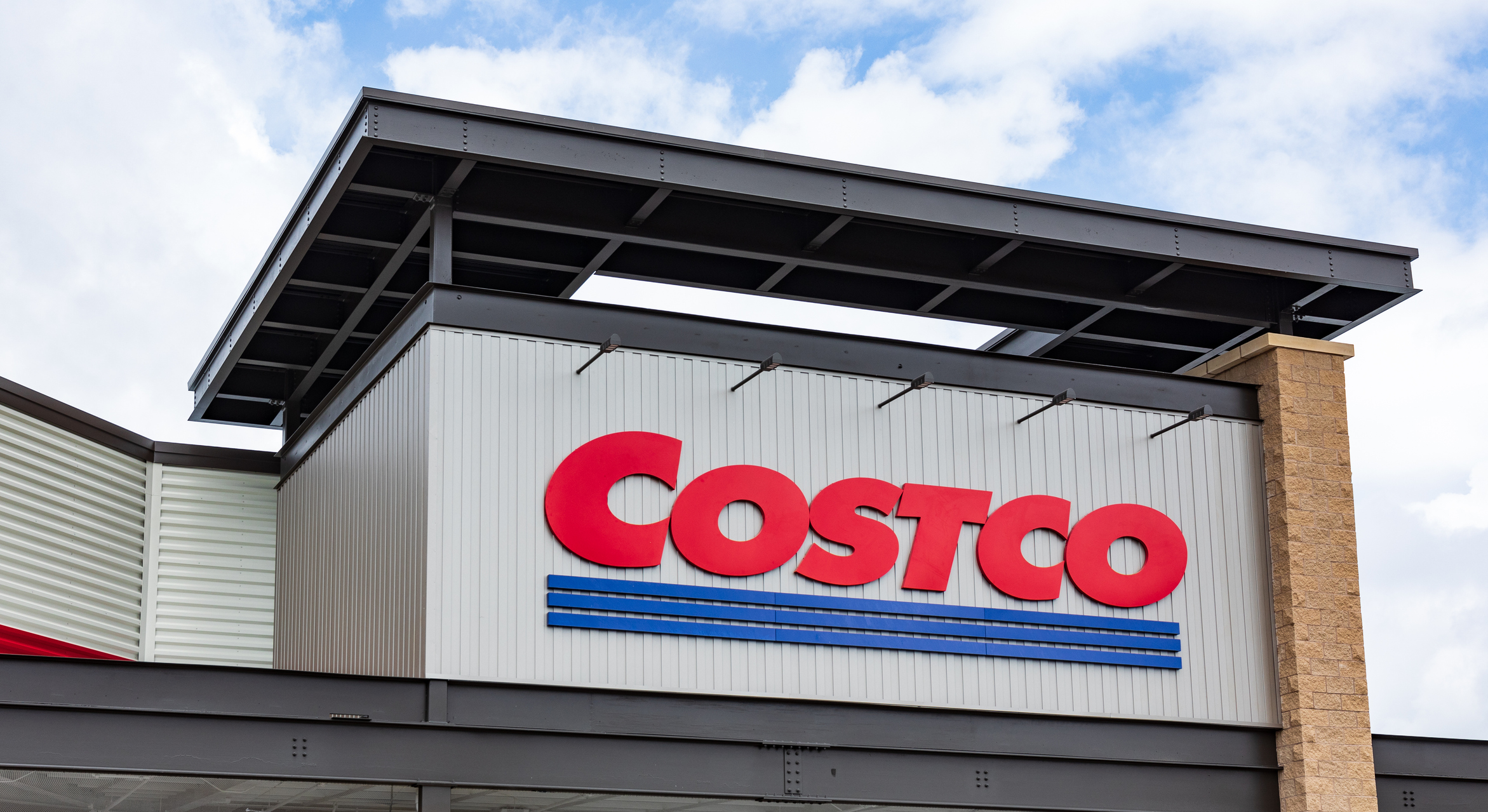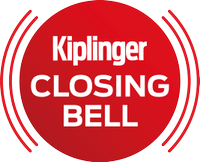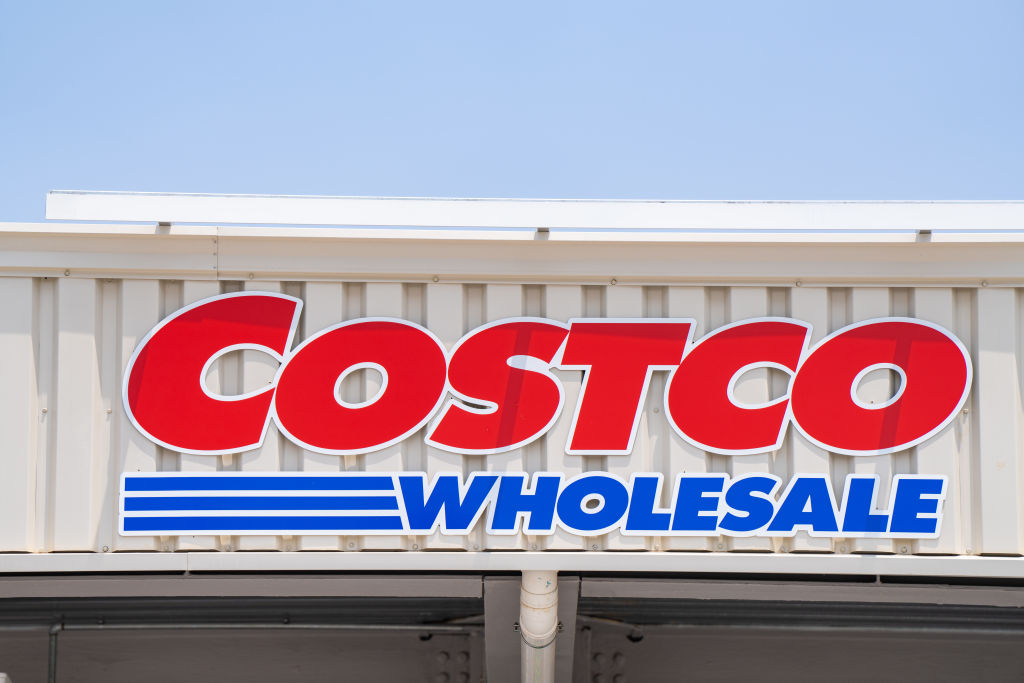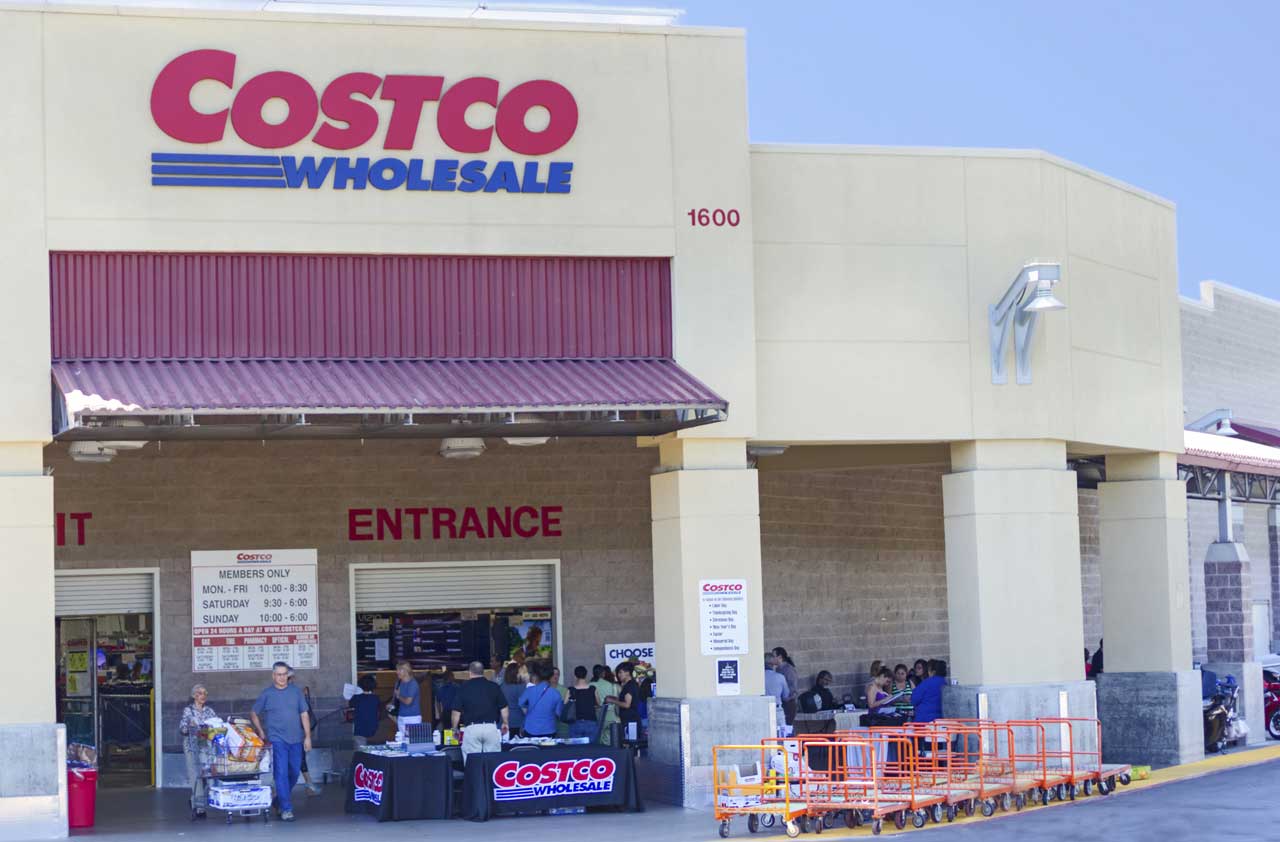My Dare-to-Be-Dull Investing Strategy Pays Off
My stocks are doing so well it’s hard to find a laggard to sell to raise cash for new purchases.


As I mentioned in past columns, when the market took a dive in February and March, I swooped in to buy shares of two of my favorite companies: Boeing (symbol BA, $358) and Costco (COST, $207). Those purchases used up almost all of my cash. I even sold an underperformer to free up more money to pour into Boeing. I’m glad I did.
Since I bought the shares, Costco’s price has risen 13.6%, and Boeing is up roughly 8.6%. That has helped the Practical Investing portfolio beat the market over the first six months of 2018. (Prices and returns are through June 15.)
While the Vanguard Total Stock Market Index ETF (VTI, $144)—the benchmark that I measure my portfolio against—is up 5.5% since the start of the year, my portfolio has jumped 10.6%. But I am still behind the index since I started almost seven years ago. The performance gap is narrowing, though. With the index gaining 145% to my 110%, I’m now a mere 35 percentage points behind. (Yes, that mere was facetious.)

Sign up for Kiplinger’s Free E-Newsletters
Profit and prosper with the best of expert advice on investing, taxes, retirement, personal finance and more - straight to your e-mail.
Profit and prosper with the best of expert advice - straight to your e-mail.
Even though the Boeing and Costco purchases helped, a few tech companies—Apple (AAPL, $189), Intel (INTC, $55) and Seagate (STX, $58)—were the biggest factor in my strong year-to-date performance. All three stocks soared by double digits. Apple was up 12.4% to mid June; Intel jumped 20.8%; and Seagate gained a stunning 43.3%.
In dollars, my portfolio is up by about $40,000 since the end of December, for a total value of $399,869. Apple accounted for $7,514 of the change, Seagate for $12,839, and Intel for $5,106. The fourth-biggest winner was Target, which gained $3,129, or 20.4%, during the first half of 2018.
Low expectations. What gave these stocks flight was a reversal of the market’s low expectations for them. Wall Street was certain that Apple’s earnings would disappoint, that Seagate wouldn’t have the cash to pay its handsome dividend, that Intel would bungle new initiatives and that Target would be crushed by Amazon.
The market frequently leaves good companies for dead (or at least very ill), only to reverse course later when investors are surprised to find them thriving. Thus, my dare-to-be-dull strategy is to sit tight or buy when the market misprices what I think is a good stock. Because that occurs regularly, I like to have some cash ready to deploy into cheap shares. I now need to sell something to have that fresh powder. That’s proving to be tough.
I had intended to get rid of a few odds and ends in the portfolio. I have a small number of shares in three companies: Invitation Homes (INVH, $22), a residential real estate investment trust; Knowles Corp. (KN, $16), which makes electronic components; and Spirit Airlines (SAVE, $40). I acquired Knowles and Invitation via spin-offs. I sold most of my Spirit shares a few years ago, as the airline’s price took off. If I sold all three of these stocks, it would give me about $9,000. But when I examined each stock’s prospects, I hit a snag.
Although Spirit’s earnings are expected to drop slightly this year, the shares sell for just 12 times analysts’ earnings estimates for 2018 and roughly 10 times projected 2019 earnings. Earnings are expected to soar 24% next year. With those numbers, I’d buy more if I had the cash.
Knowles is selling for about 16 times projected year-ahead earnings, but earnings are expected to grow at a 16% rate, which makes the company well priced, in my estimation. Meanwhile, Invitation Homes’ latest financial statements reflect a strong and growing business.
So where will the cash come from? I hope you’ll excuse me for a moment while I formulate a Plan B.
Get Kiplinger Today newsletter — free
Profit and prosper with the best of Kiplinger's advice on investing, taxes, retirement, personal finance and much more. Delivered daily. Enter your email in the box and click Sign Me Up.

-
 Should You Do A Roth IRA Conversion? Nine Things to Consider
Should You Do A Roth IRA Conversion? Nine Things to ConsiderThe Tax Letter Thinking of converting a traditional IRA to a Roth IRA? The Kiplinger Tax Letter Editor highlights nine factors you should consider before making a move.
By Joy Taylor
-
 33 Stocks That Could Rally 50% or More This Year
33 Stocks That Could Rally 50% or More This YearAnalysts say these S&P 500 stocks have at least 50% price upside over the next year or so.
By Dan Burrows
-
 Stock Market Today: Broadcom Earnings Boost the Nasdaq
Stock Market Today: Broadcom Earnings Boost the NasdaqBroadcom became the latest member of the $1 trillion market-cap club after its quarterly results, while RH also rallied on earnings.
By Karee Venema
-
 Is Costco Stock Still a Buy After Earnings?
Is Costco Stock Still a Buy After Earnings?Costco stock is slightly higher Friday after the warehouse club beat expectations for its fiscal first quarter. Here's what Wall Street has to say.
By Joey Solitro
-

 Stock Market Today: Dow Hits New High After Upbeat Inflation Data
Stock Market Today: Dow Hits New High After Upbeat Inflation DataThe Fed's preferred inflation gauge continues to cool. Markets shift focus to next week's jobs report.
By Karee Venema
-
 Why Costco Stock Is Still a Buy After a Q4 Revenue Miss
Why Costco Stock Is Still a Buy After a Q4 Revenue MissCostco stock is lower Friday after the membership warehouse firm reported a top-line miss in its fiscal fourth quarter, but Wall Street remains bullish.
By Joey Solitro
-
 Stock Market Today: Stocks Snap Lengthy Win Streak
Stock Market Today: Stocks Snap Lengthy Win StreakThe recent stock market rally ran out of steam Tuesday as sentiment turns cautious ahead of Jackson Hole.
By Karee Venema
-
 Stock Market Today: Markets Mixed as Rising Rate-Cut Bets Boost Small Caps
Stock Market Today: Markets Mixed as Rising Rate-Cut Bets Boost Small CapsA surprisingly soft inflation report sparked a rotation from mega-caps into riskier names.
By Dan Burrows
-
 Costco Stock Falls Despite Earnings Beat. Here's Why
Costco Stock Falls Despite Earnings Beat. Here's WhyCostco's earnings report showed strong demand for gold bars and silver coins. Here's what you need to know.
By Joey Solitro
-
 Costco Hikes Its Dividend: What Income Investors Need To Know
Costco Hikes Its Dividend: What Income Investors Need To KnowCostco just made a shareholder-friendly move, increasing its dividend.
By Joey Solitro